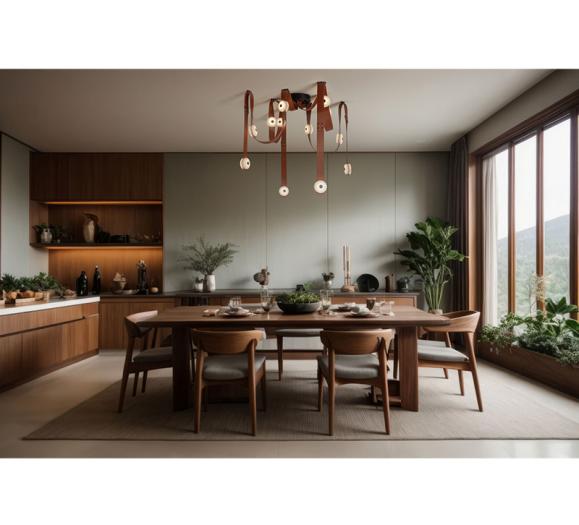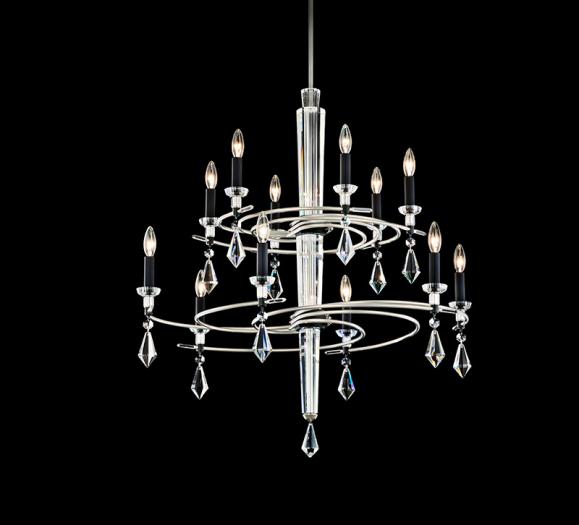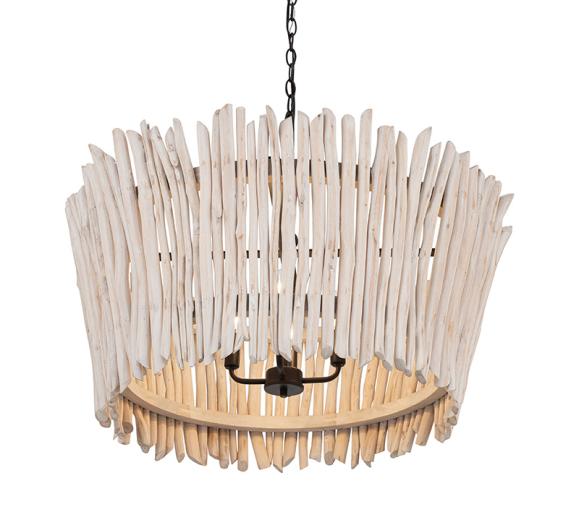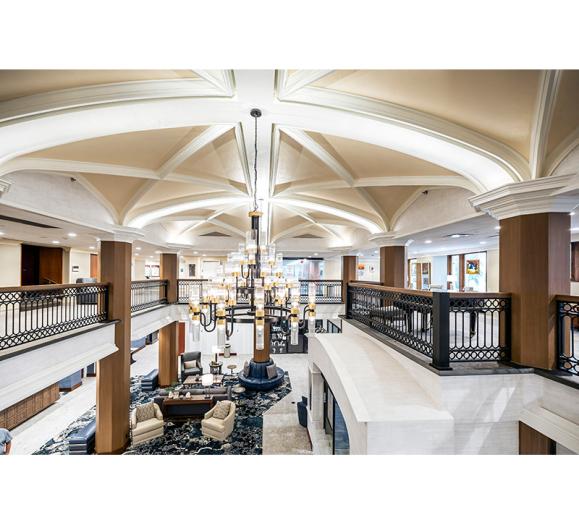As you have heard me explain before, lighting falls into four functions: task, accent, ambient and decorative. This time, I want to talk about accent lighting specifically, and here’s why: Something happened the other night when I was baking a pie. Well actually, it was a frozen pie. While it was in the oven, some of the filling dripped down onto the heating element and the house started to fill with a fine smoke. I didn’t notice until the smoke alarm went off. When I looked up, I could see the beam spreads of the recessed fixtures being directed toward art and objects. It was so cool that I took some photos before airing the place out. Normally, these beam spreads are invisible. All you normally see is what is being illuminated, which is the way it should be.
Accent lighting should not draw attention to itself, allowing the objects that are being highlighted to take center stage, along with the decorative lighting. Chandeliers, pendants, floor lamps, table lamps and sconces are the architectural jewelry. Well-done accent and ambient light allows the decorative fixtures to sparkle and entice people into a room without visually overpowering the space.
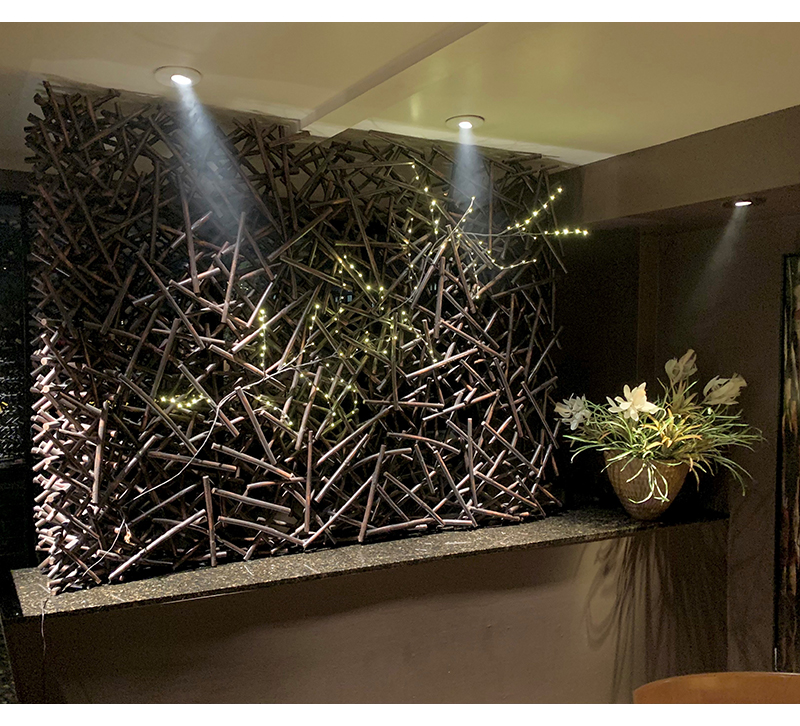
Photo by Randall Whitehead. Interior Design by Turner Martin Design
In the image above you can see how lights have been adjusted. I tend to prefer recessed adjustable fixtures over fixed downlights. All you get with a downlight is a stationary pool of illumination. It’s really nice to have the flexibility, which includes pointing the illumination straight down. If you already have existing recessed fixtures in the ceiling, there are trim kits that can turn them into adjustable versions. This can be done without the assistance of an electrician.
If you want to add additional fixtures you can select a remodel housing that slips into a hole which is the diameter of the trim opening. A specialized drill bit called a hole-saw will cut an opening in the ceiling that is 3, 4 or 6 inches in diameter, depending on what size fixture already exists it the ceiling. These new units can be tied into the existing electrical system. The connecting wires can be snaked in between the joists, which are located above the ceiling line. To get the wiring through a joist the electrician can use a right angle drill or cut a notch in the sheetrock under the joist and then cover the slot with a metal plate.
Take note that in California you need to a use a remodel housing that is IC-rated (suitable for use in insulated ceilings). Adding recessed fixtures calls for the use of an electrician. This is not something to attempt after watching a YouTube video.
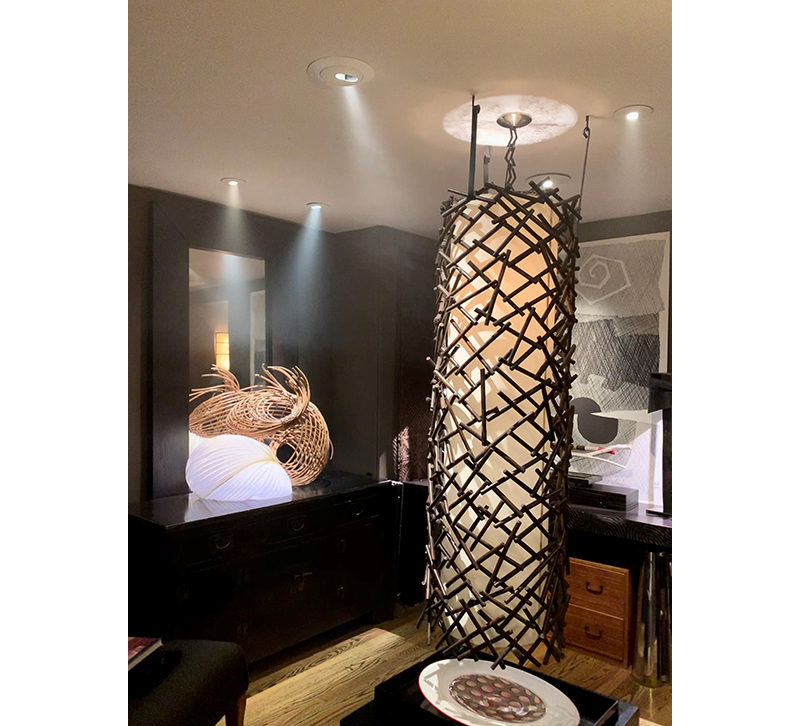
With a new construction project, you have the choice of using recessed fixtures with integrated LED components or versions that use low-voltage (12V) or line-voltage (120 V) screw-in, bi-pin or GU type bulbs. I have been specifying LED line-voltage versions because there is no need for a transformer or driver, which would be just one more element to worry about…and pay for. This is just my opinion. Others are welcome to weigh in.
Some of the luminaires with the integrated components offer warm-dim technology, where the illumination gets warmer in color as it is dimmed. There are now bulbs on the market that offer this technology as well.
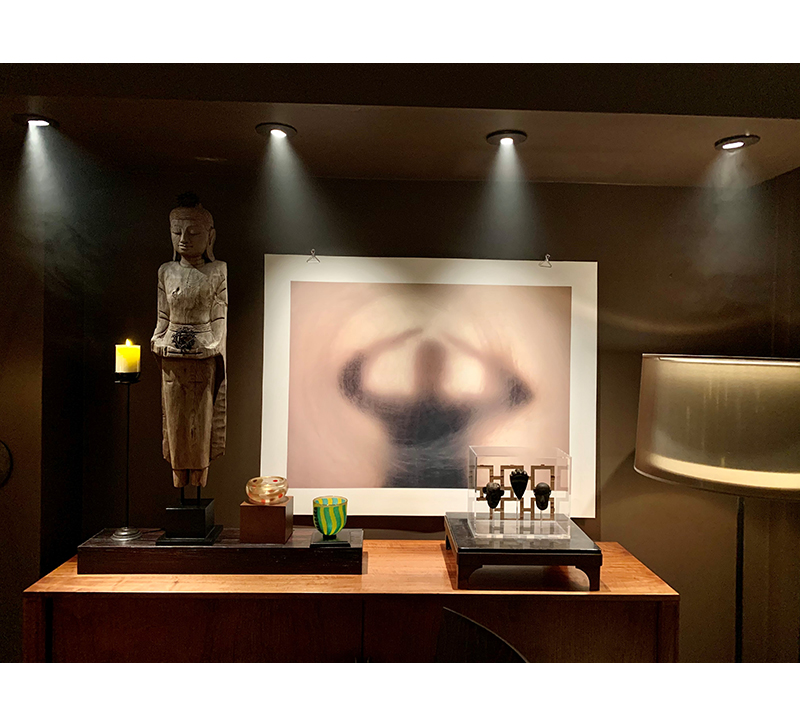
There is a concern, coming from consumers, about what happens when an LED integrated component fails. It’s not like you can run to the hardware store and pick up a replacement. Yes, LEDs to do last a long time. They are often rated at 25,000 hours, which is about 17 years with normal daily use. Will that particular lighting manufacturer still be business? More than likely, yes, but will they have replacement parts available for fixtures that are 10 to 17 years old? It is a valid question. Maybe the fixtures should come with a replacement component as part of the package, along with instructions on how to place it.
For now, I am tending to lean towards fixtures that use replaceable bulbs. I always keep a few on hand so that if one happens to go out I have a spare and don’t have to run to the store. It also means that I can change intensities, color temperatures and beam spreads easily. And since I move stuff around, especially during these stay-at-home times, I want an accent lighting system that is both flexible and easy to maintain. Just like a good relationship.




